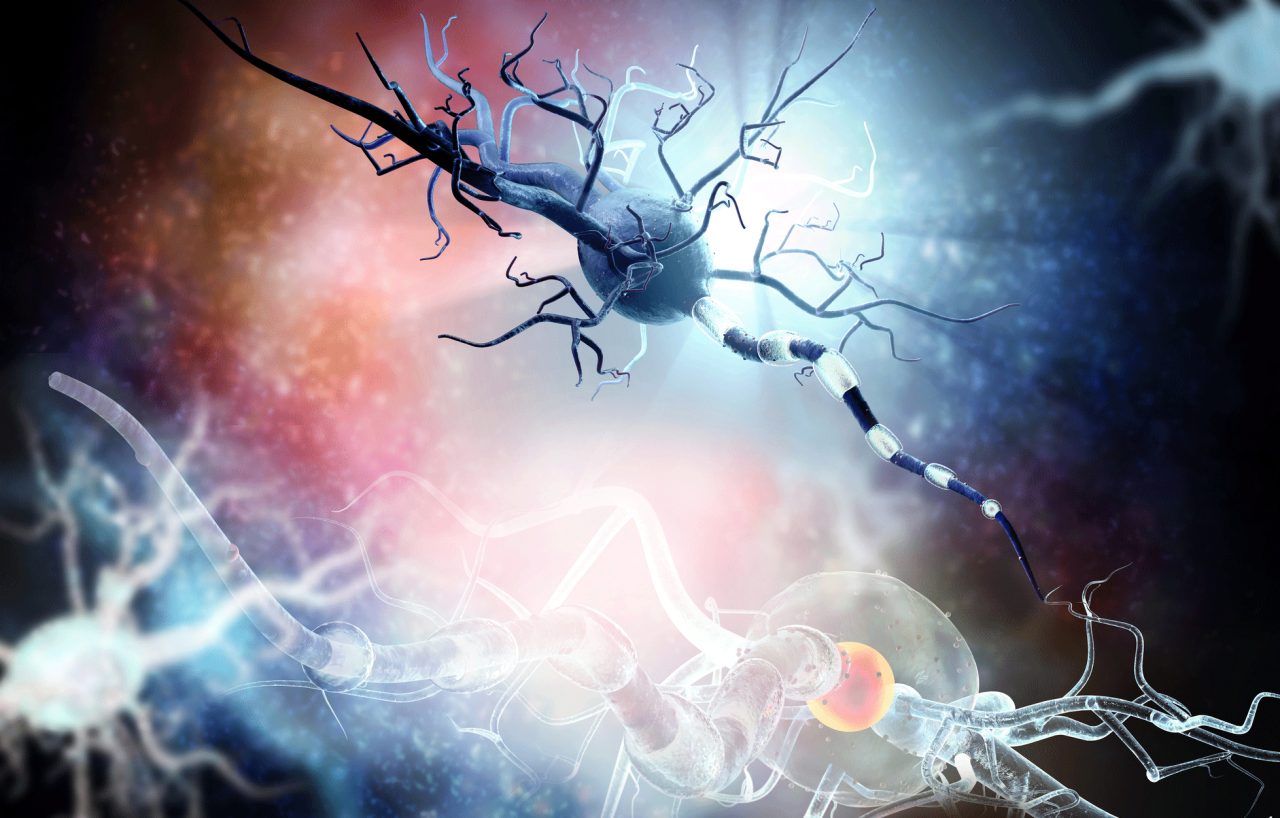Parkinson’s Disease Research

Parkinson’s disease (PD) research is making progress in the search for PD’s cause. Prevention and new treatments are also goals of Parkinson’s disease research.
Parkinson's disease (PD) is a progressive, neurodegenerative disorder that affects movement. While the cause of PD hasn’t been pinpointed yet, Parkinson’s disease research is making progress. And the more scientists learn about PD, the closer they are to finding better treatments to relieve symptoms and even potentially halt disease progression. Of course, Parkinson’s disease research is also focused on finding a way to prevent Parkinson’s from occurring in the first place.
Swedish neurophysiologist Arvid Carlsson, PhD, is credited with first figuring out that a lack of the neurotransmitter dopamine plays an important role in Parkinson's disease symptoms — and he won a Nobel Prize in Physiology for this work in 2000. Carlsson’s discovery about dopamine, a chemical messenger needed to send signals between areas of the brain that control body movements, has been crucially important to understanding PD.
Parkinson's disease research has revealed dopamine-producing brain cells (neurons) die in Parkinson’s disease. Without enough dopamine in the brain, movement-related symptoms of Parkinson’s, such as tremor and rigidity, develop, according to the National Institute on Aging.
YOU MIGHT ALSO LIKE: Parkinson’s Disease Treatments
Early diagnosis and tailored Parkinson’s disease treatments
A variety of medications have been developed through Parkinson’s disease research to help relieve symptoms, primarily by replacing or enhancing dopamine. However these medications, along with some surgical treatments, don’t halt progression of the disease. So scientists working in Parkinson’s disease research are exploring ways to identify PD at the very earliest stages — possibly even before symptoms develop — when tailored treatments may be able to slow or stop the disease process.
For example, scientists are searching to see if people with Parkinson’s disease share one or more biological abnormalities. If these potential biomarkers are identified, screening tests could identify people who are at risk of Parkinson’s or who have the disease even before they display any symptoms, according to the National Institute of Neurological Disorders and Stroke.
So far, studies have found synuclein — a protein that is abundant in human brains — accumulates in nerve cells of people with Parkinson’s disease years before they develop symptoms of PD. Another area of important Parkinson’s disease research underway at the National Institutes of Health and elsewhere involves imaging modalities, such as special MRIs or nuclear imaging techniques that may be able to spot signs of PD at very early stages.
Although it’s rare, scientists have learned some people have an inherited form of PD, and Parkinson’s disease research is also pursuing tests for known gene mutations as a way to determine whether individuals are likely to develop Parkinson’s.
Updated:
March 16, 2020
Reviewed By:
Janet O’Dell, RN